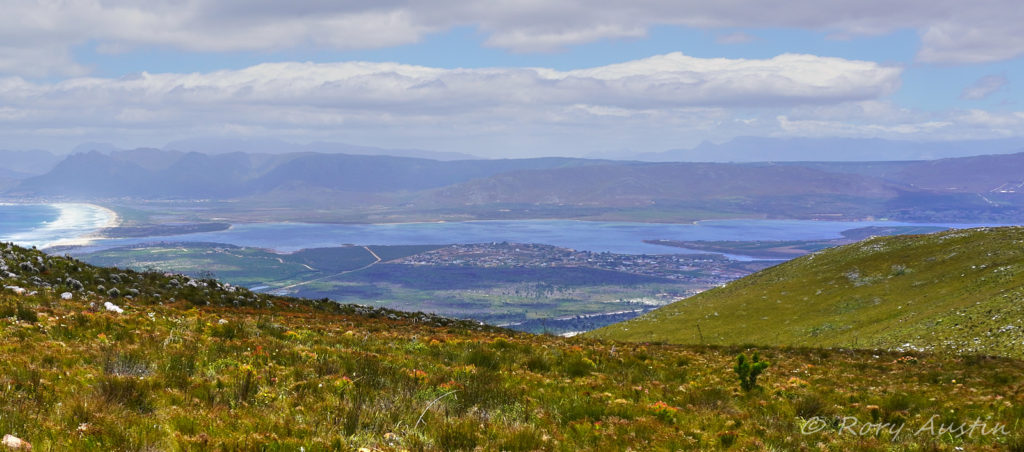New thinking about socio-ecological systems (SES).
There are many different definitions of socio-ecological systems (SES). Bouamrane M., 2016 defines it as “interdependent and linked systems of people and nature that are nested across scales”.
Scientists recognise the complex, interacting factors involved in socio-ecological systems. However, people and researchers, in attempts to understanding the systems, gather information and analyse parts of these systems that are static and isolated. We see the systems as pieces which have clearly-defined sets of properties because they allow us to control, predict and manage our environment. The reality is that environments are constantly changing. They change in reaction to the prevailing environmental forces, which themselves are changing, and so acting on the environment. When we add social (human) forces to the environment, this creates more constantly-changing forces. People are not all the same and they do not behave the same in their interactions with their environment.

Visual of a socio-ecological system, part of the Bot River Estuary. The foreground (good indigenous species mixture), the dark patches (100% invasive species) and the built up area of Fisherhaven. This area all drains into the estuary, with varying effects, good and bad on the estuary. A report on the biological invasions and geology of the Bot Estuary was compiled by Michael Austin. This provides a basis for monitoring the situation around the estuary.
The arrival of Covid-19 and the pursuant lockdown has led to an economic disaster, throughout the world. This will contribute towards potential long-term damage to the social environment of the world, if we try to return to the pre-Covid 19 “normal”.
A number of positive changes are taking root and should grow into healthy changes for a “new normal”:
Humans are now changing the environment on a global scale. This is primarily through burning fossil fuels and increasing the carbon dioxide in the atmosphere. These are levels that last existed in a very different world. Humans are the only species to have achieved this.
We need to pay more attention to the constantly changing adaptations that are occurring in socio-ecological systems. We can then adapt our environmental management approaches to create a long term, stable, and sustainable future, both at a local and global scale. The pandemic of Covid-19 and climate change have highlighted how fast and at what scale nature can react and adapt. The world is changing and will continue to change and survive as a planet, as it has done in the past. If human changes, such as causing climate change, now occurring on a global scale, with consequent rapid species extinction, push the planet into a new dimension, the human species may not be able to survive, in the “new normal”.
Closer to home, the Bot River Estuary is a complex, ever-changing ecological system. When we add the variable human influences, both in time and in different parts of the estuary (social forces) to the equation, it makes the management of the estuary more complex. The existing estuary management proposal (EMP) is based on old, inadequate information and is trying to manage the system to an ideal that occurred in the past. Human changes are permanent, and will continue to vary.
We need to take these into account and come up with a “new normal” estuary management proposal. That will lead to a more stable and sustainable system for the future. This proposal needs to take into account a systems approach, variable social democracy, climate change and working with nature for our future benefit. We need new thinking on what we require from the estuary and how best to achieve these goals. The management posts on the Bot Estuary are a specific case of a complex socio-ecological system.
M N Austin January 2021

Recent Comments